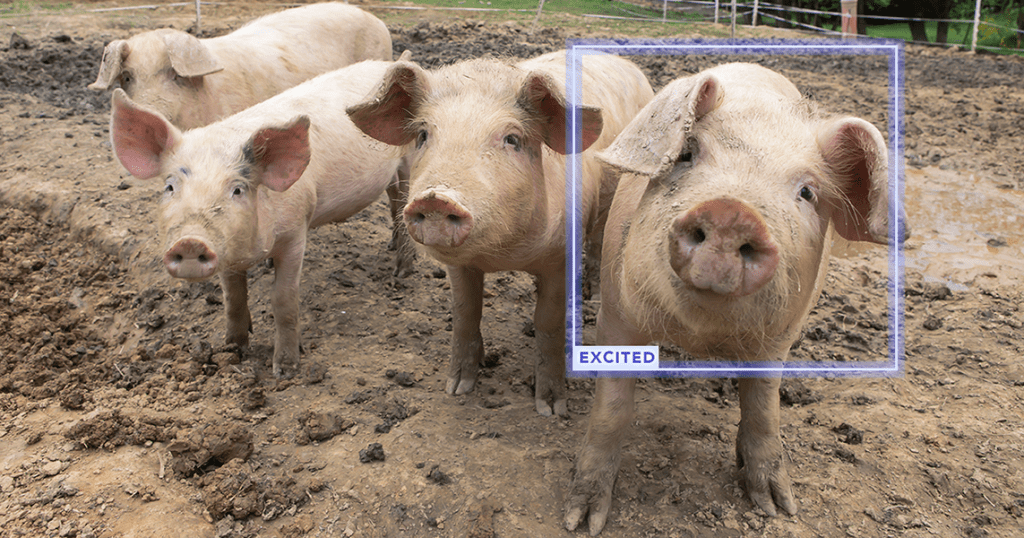Doesn’t time fly?!
Just like that — it’s Spring! But don’t go thinking this good weather has made us lazy. We’ve been racing around the internet to find the most interesting news from the world of artificial intelligence.
So let’s see what happened in March.
This Algorithm Can Tell If A Pig Is Happy Or Sad
The University of Copenhagen has developed a method for inferring pigs’ emotions based on their grunts using artificial intelligence. The AI pig translator – which can translate oinks, snuffles, grunts, and squeals into feelings – could be used to monitor animal wellbeing and ensure better animal welfare on farms and elsewhere. Scientists report that the algorithm correctly classified 92% of the calls as either positive or negative emotions. In the future, the pig translator may be able to distinguish a more expansive repertoire of emotions and shed light on other animals’ mental wellbeing.
Source: The Guardian
A Sprinting Robot? Now You’ve Seen Everything.
Have you ever seen a robot that is literally running? If not, here’s one from MIT: a four-legged machine called ‘Mini Cheetah.’ And it can reach nearly 13 feet per second. First, researchers created 4,000 versions of the robots and encouraged them to walk, then run, in multiple directions. Trial runs were performed on unique surfaces they’d need to tackle in the real world, like grass, pavements, ice, and gravel. Because the robot lacks a camera, it can’t see its surroundings to modify its speed. However, it estimates its balance and keeps track of its steps moving it forward.
See the Mini Cheetah in action:
Source: Wired
We Can Now Unearth Ancient Secrets
Even though there are plenty of sources about historical happenings, we still don’t know everything. But inscriptions left by ancient people may help fill in the gaps. They are factual evidence of past civilizations’ thoughts, language, society, and history. And thanks to researchers at the Ca’ Foscari University of Venice and Harvard University, we are closer than ever to find out every last secret. The researchers have created a system that can fill in gaps in ancient Greek inscriptions. Better still, it can tell us when and where they were written.
Source: The Guardian
Would You Ride A Flying Motorbike?
It has taken people a long time to be able to fly. While we have planes, there are no solutions that allow humans to feel like birds. This all changed in 2015 when David Mayman built a jetpack: his first innovative flying machine. ‘The Speeder’ — a flying motorbike — is his second project, and it has more commercial possibilities. It can fly at high speeds, and what’s more, the machine is small enough to fit in a car truck. The inventor is expecting The Speeder will transport goods in the future.
Source: BBC
Data Visualization Can Reduce Crime
Law enforcement relies on data visualization, which enhances data analytics by converting information from different sources into clear maps, graphs, charts, and graphics. Having an understandable view of data can help with several things, including:
- Deploying predictive analytics
- Sharing critical data
- Interpreting visual data
- Managing limited resources
- Improving relationships with the public
The above helps law enforcement makes faster and more accurate decisions, reduce operational costs and improve investigation outcomes thanks to better data visualization.
Read more: Can Artificial Intelligence Make Us Safer?
Source: AI News
That’s it for another month!
Do let us know which story was your favorite.
And if you want the latest AI news delivered right to your inbox every month, simply sign up for our newsletter today.






